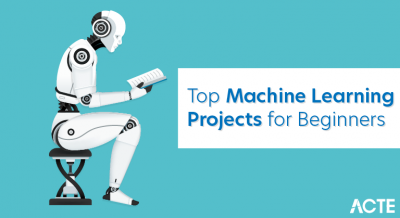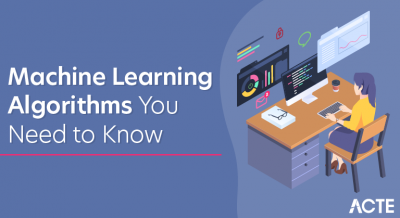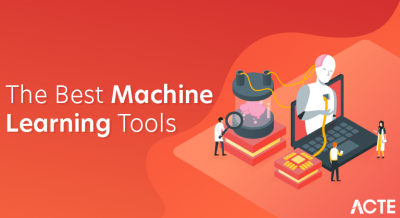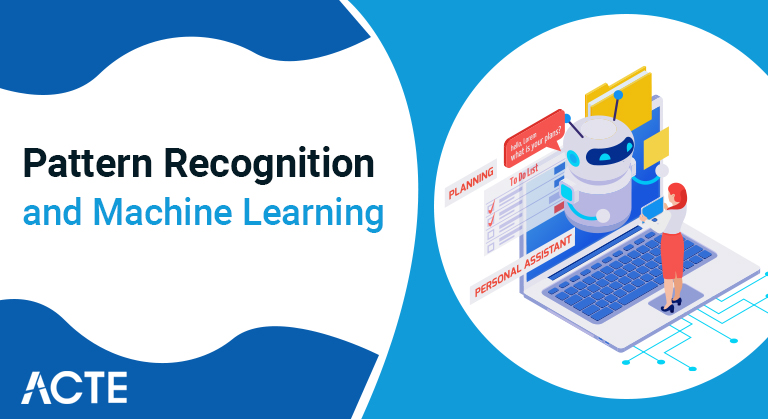
Pattern recognition is the use of machine learning algorithms to identify patterns. It classifies data based on statistical information or knowledge gained from patterns and their representation. In this technique, labeled training data is used to train pattern recognition systems.
- Introduction to Pattern Recognition
- Features of pattern Recognition
- How pattern recognition works
- Algorithms in pattern recognition
- Applications of pattern recognition
- The future of pattern recognition
- Pattern Recognition and Machine Learning Techniques
- Machine Learning: A Reminder
- Pattern Recognition and Machine Learning Applications
- Machine Learning & Pattern Recognition Challenges
- Conclusion
Introduction to Pattern Recognition:
Pattern recognition is the use of computer algorithms to recognize data regularity and patterns. This type of identification can be performed on various input types, such as biometric identification, colour, image recognition, and identification. It has been applied in various fields such as image analysis, computer vision, health care, and seismic analysis.
This article will take readers through pattern recognition in machine learning and explain how it works. It also discusses how it has been implemented in various sectors and analyzes its future outlook. Pattern recognition is the use of machine learning algorithms to identify patterns. It classifies data on the basis of knowledge derived from statistical information or patterns and their representation.
In this technique, labelled training data is used to train the pattern recognition system. A label is associated with a specific input value that is used to produce a pattern-based output. In the absence of labelled data, other computer algorithms can be employed to find unknown patterns.
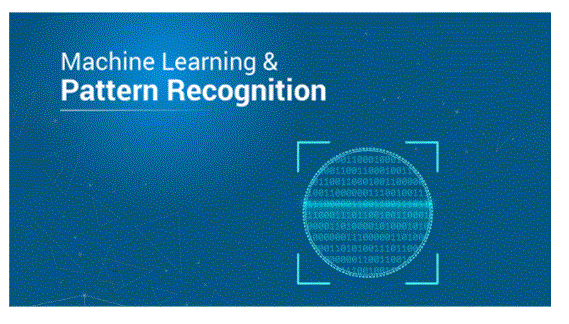
- It has great accuracy in recognizing patterns.
- It can recognize unfamiliar objects.
- It can accurately identify objects from different angles.
- It can recover patterns in instances of missing data.
- A pattern recognition system can discover partially hidden patterns.
Features of pattern Recognition:
Pattern recognition has the following characteristics:
- Pattern recognition is achieved using the concept of learning. Learning enables the pattern recognition system to become adaptable to train and provide more accurate results. A portion of the dataset is used to train the system while the rest is used to test it.
- The following image shows how the data is used for training and testing. The training set contains the images or data used for training or building the model. Training rules are used to provide criteria for output decisions.
- The training algorithm is used to match a given input data with the corresponding output decision. Then algorithms and rules are applied to facilitate training. The system uses the information gathered from the data to generate the results.
- The test set is used to verify the accuracy of the system. The test data is used to check whether the accurate output has been obtained after training the system. This data represents about 20% of the entire data in the pattern recognition system.
How pattern recognition works:
These steps can be explained as follows:
1. Sensing: In this step, the pattern recognition system converts the input data into analog data.
2. Segmentation: This step ensures that the sensed objects are isolated.
3. Feature Extraction: This step calculates the features or properties of the objects and sends them for further classification.
4. Classification: In this stage, sensory objects are classified or placed into groups or cases.
5. Post-Processing: Here, further considerations are made before the decision is taken.
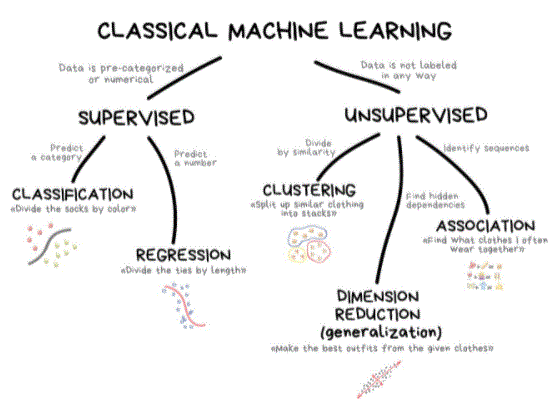
Algorithms in pattern recognition:
Following are some of the algorithms used in pattern recognition:
Statistical algorithm
This algorithm is used to build statistical models. It is a model whose pattern is described using features. The model can predict the probabilistic nature of the pattern. The chosen features are used to form the cluster. The probability distribution of the pattern is analysed and the system is optimised accordingly. The patterns are subject to further processing. The model then applies the test pattern to identify the pattern.
Structural algorithms
These algorithms are effective when the pattern recognition process is complex. They are important when using multi-dimensional entities. Patterns are grouped into subclasses, thus creating a hierarchical structure. The structural model defines the relationship between the elements in the system.
Neural Network-Based Algorithms
These algorithms build a model consisting of parallel structures (neurons). This model is more capable than other pattern recognition models due to its better learning capability. A good example of a neural network used in pattern recognition is the feed-forward backpropagation neural network (FFBPNN).
template matching algorithm
These algorithms are used to build the template matching model, which is a simple pattern recognition model. The model uses two images to establish similarity and the matched patterns are stored as templates. The disadvantage of this model is that it is not efficient in the recognition of distorted patterns.
Fuzzy-Based Algorithms
Fuzzy-based algorithms implement the concept of fuzzy logic, which uses truth values between 0 and 1. In a fuzzy model, certain rules can be applied to match a given input with a corresponding output. This model gives good results as it is suitable for indefinite domains
Hybrid Algorithm
Hybrid algorithms are used to build hybrid models, which use multiple classifiers to recognize patterns. Each specific classifier undergoes training based on the feature space. A set of combinators and classifiers are used to draw conclusions. A decision function is used to decide the accuracy of the classifier.
Applications of pattern recognition:
Pattern recognition can be applied in the following areas:
Image Analysis: Pattern recognition in digital image analysis is used to automatically study images to collect meaningful information. It gives machines the recognition intelligence needed for image processing.
Seismic Analysis: Seismic analysis involves studying how natural phenomena such as earthquakes affect rocks, buildings, and soil. Pattern recognition is used to discover and interpret patterns in seismic events.
Healthcare: Pattern recognition is used in the healthcare sector to improve health services. The patients’ data is stored and used by physicians for further analysis. This technique is also used to recognize objects or damages in the human body.
Fingerprint Recognition: This process is used for fingerprint recognition in computer and smartphone devices. Modern smartphones have a fingerprint recognition feature that allows you to access your phone after verifying your fingerprint.
Computer Vision: It is used in computer applications to extract useful features from image samples. It has been implemented in computer vision to perform various tasks such as object recognition and medical imaging.
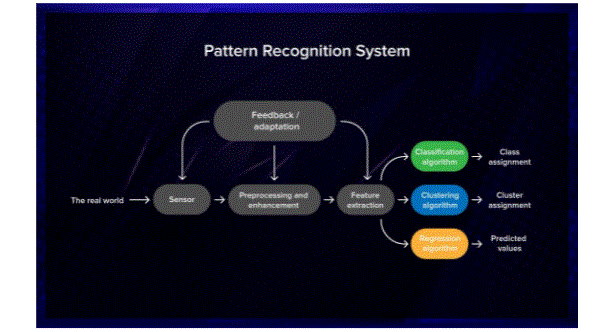
- Pattern recognition is an important technology that enhances data regularity and pattern recognition. There has been a tremendous increase in the number of applications employing this process in recent years. These applications have solved various real-life challenges through the use of training data, test data and classifiers.
- Pattern recognition has the potential to evolve into a more intelligent process that supports a variety of digital technologies. This technology could be a source of advances in robotics and automation, particularly in the improvement of how humanoid robots are trained.
- Pattern recognition is also likely to be used extensively in autonomous cars. As autonomous driving is gaining momentum, the importance of pattern recognition may increase due to the need to detect objects, cars, people and traffic lights.
The future of pattern recognition:
- exploratory stage. Algorithm searches for patterns
- descriptive stage. Patterns found in algorithm categories
- Pattern recognition can be anything:
- text or words
- Images
- feelings/feelings
- sound
- miscellaneous information or other elements
- collect data
- Preprocessing and cleaning it from noise
- Examine data and discover relevant features and common elements
- Clustering and classifying date
- analyse to gain insight
- extracting insights and applying them to practice
Pattern Recognition and Machine Learning Techniques:
There are three different pattern recognition and machine learning models or techniques:
Statistical pattern recognition. This pattern recognition model includes historical statistical data that it learns from examples. The model collects observations and processes them. The model then learns to generalise, applying the rules to the new observations.
Syntactic pattern recognition. This model is also known as structural pattern recognition because it relies on less complex sub-patterns called primitives. For example, words fall into this classification. Patterns are described as relationships between primitives. For example, words (primitives) join to form sentences and text.
Neural pattern recognition. This model relies on artificial neural networks. Networks learn complex nonlinear input-output relationships and adapt to the data. This model consists of a large parallel computing system composed of several simple processors and their interconnection. They can learn complex non-linear input-output relationships, employ sequential training procedures, then adapt themselves to the data.
Pattern recognition and machine learning have two phases:
The validation process follows these steps:
- Machine learning pattern recognition
- Method of data analysis that automates analytical model building.
- An engineering application of various algorithms used to recognize data patterns.
- leaning more on the practical side
- leans more on the theoretical side
- Can solve real-time problems
- There may be a real-time problem
- Computers/machines are required to implement algorithms
- may exist outside the machines
Machine Learning: A Reminder:
Machine learning is a type of data analysis that automates analytical model creation. Machine learning is a subset of artificial intelligence, which is based on the concept that systems can learn from data, spot patterns, and make decisions with little or no human intervention.
Today’s digital world benefits from many machine learning applications. Since pattern recognition is an engineering application of machine learning, it can further increase its usefulness.
Here’s a handy chart that best illustrates the difference between pattern recognition and machine learning, two different but interconnected concepts:
Pattern Recognition and Machine Learning Applications:
Pattern recognition and machine learning is a multifaceted practice that has found its way into many different industries and social contexts. Here’s a small sample of how pattern recognition and machine learning are applied today:
Computer vision: Pattern recognition can recognize single objects in images. Pattern recognition can extract specific patterns from images or videos and then use them for facial recognition, comparing the new patterns with millions of other images stored in the database. Pattern recognition gives machines human recognition intelligence, which requires image processing tasks.
Civil Administration: Monitoring and traffic analysis systems use pattern recognition to identify cars, trucks or buses.
Engineering: Popular systems such as Alexa, Google Now and Siri make heavy use of speech recognition.
Fingerprint scanning: Organisations use pattern recognition to identify people for things like tracking event attendance. However, you can find a more simple form of scanning, most likely within arm’s reach. Most smartphones, laptops and tablets have fingerprint locks. Pattern recognition handles the job of unlocking authorization!
Geology: Geologists can use pattern recognition to locate and identify specific types of rocks and minerals. Experts can also use pattern recognition and machine learning approaches to find, image and interpret temporal patterns in seismic array recordings to generate a variety of seismic analysis models.medical diagnosis. Using biometric pattern recognition, doctors can track cancer growth with greater ease and accuracy.
Speech Recognition: Words are treated as patterns and are widely used in speech recognition algorithms (see engineering above) stock market analysis. The stock market is famously unpredictable and volatile. However, there are still patterns that have to be recognized and taken advantage of. Applications like Blumberg, Kosho, Sofiwealth and Tinkoff use artificial intelligence backed by pattern recognition and machine learning to provide financial advice.
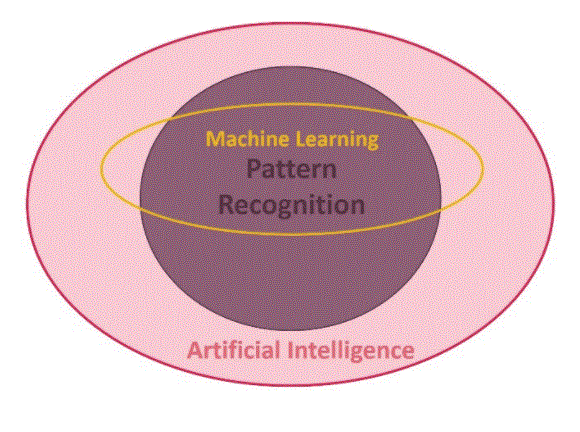
Machine Learning & Pattern Recognition Challenges:
Although the process may seem deceptively straightforward and simple, there are a few things you need to keep in mind when you are considering implementing pattern recognition as a part of your trading technology stack.
Data Processing Power: If you have patients and there is no time constraint, you don’t need to worry much about it. However, if you have a big data (or near-big data) project to analyse, you can better make sure your infrastructure is ready.
Data Storage: To process a lot of information, you need to make sure that you have enough space for data storage.
Data quality: Your training set, as well as the data that comes to the algorithm, should come from reliable sources and should not contain a lot of noise. (The noise, in this case, may be information irrelevant to your decision-making process. For example, do you really need to know what your customer’s favourite childhood toy is to understand if he or she carries the risk of getting a bad credit balance?)
Neural network ambiguity: Pattern recognition is a great tool for gaining business insights. However, you need to account for neural network ambiguity, which means you sometimes won’t be able to interpret the outputs and what to do with them. Each result is a combination of a multitude of neurons within a very complex system. However, don’t be discouraged. The more you train your algorithm, the better the results.
- Pattern recognition is a developing yet active and rapidly building area, with support for improvements in related areas, for example, computer vision, material (text) and record examination, radar processing, speech recognition, text classification, image processing. and neural network systems. It is compared to machine learning, and furthermore finds applications in rapidly growing categories, for example, biometrics, bioinformatics, big data analysis and much of the more recently developed data science.
- This is how to group input information into items or classes based on key highlights. Therefore, this review paper has analysed various recent pattern recognition methods using different machine learning techniques. Machine learning is so indispensable today that we may use it many times every day without knowing it.
- Machine learning techniques are often ranked as supervised or unsupervised. In this supervised methodology, the algorithm expects people to deliver both information and the desired yield, not with permanent outfitting inputs, about the accuracy of forecasts throughout preparation.
- When the preparation is complete, the calculation will be applied the same as was found for the new information. In unsupervised methodology, the algorithm should not be designed with information on the desired result. Instead, they use an iterative approach called deep learning to audit information and reach conclusions. Unsupervised learning methods are used for more unpredictable tasks than supervised machine learning frameworks.
- Here, recent pattern recognition methods with different solutions for various classification problems are demonstrated and researches specifically focused on this machine learning technique are reviewed. In addition the review paper has analysed pattern recognition including face recognition, handwritten cursive word recognition, speech gesture recognition, iris recognition and fingerprint recognition.
Conclusion:


